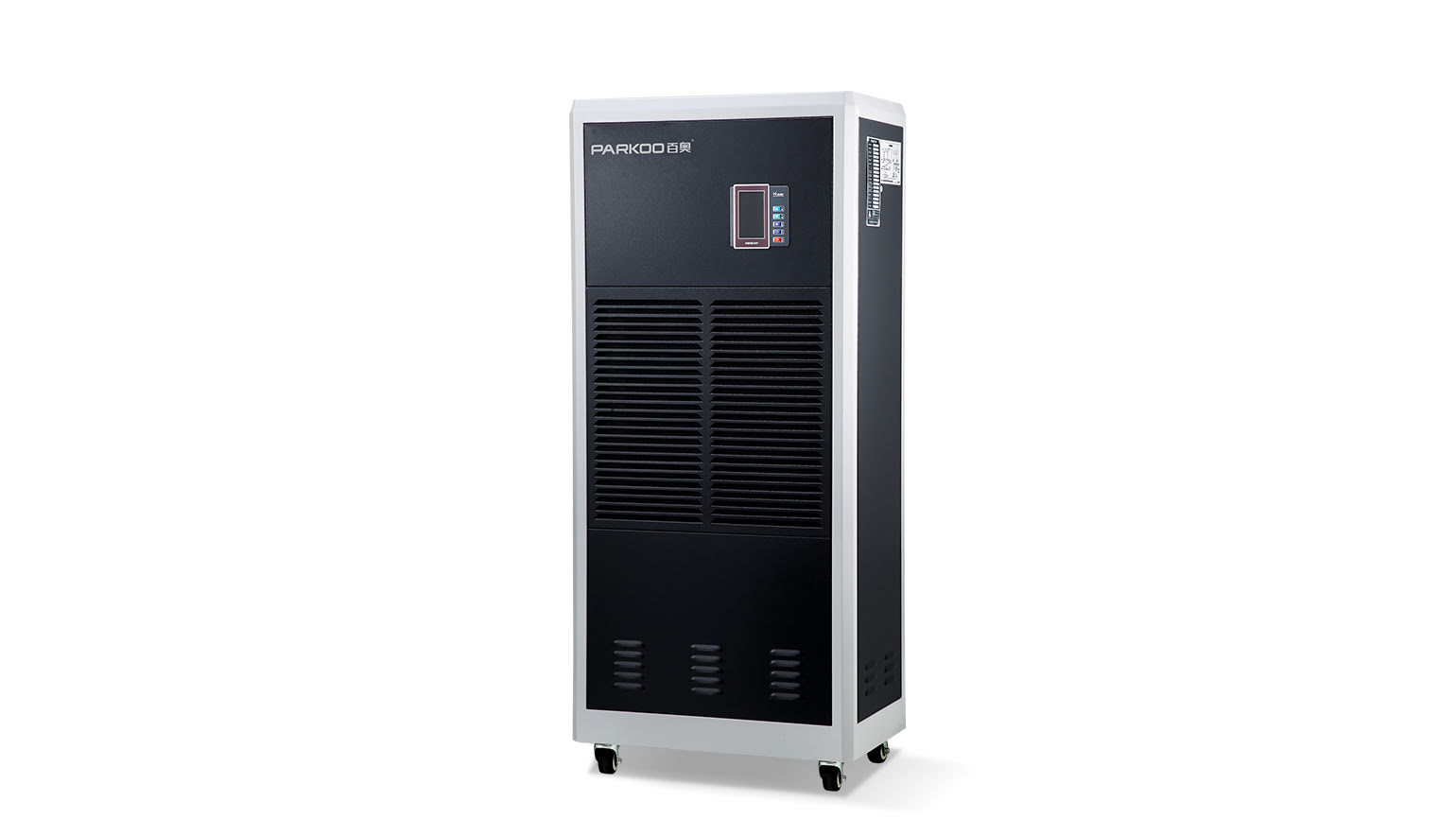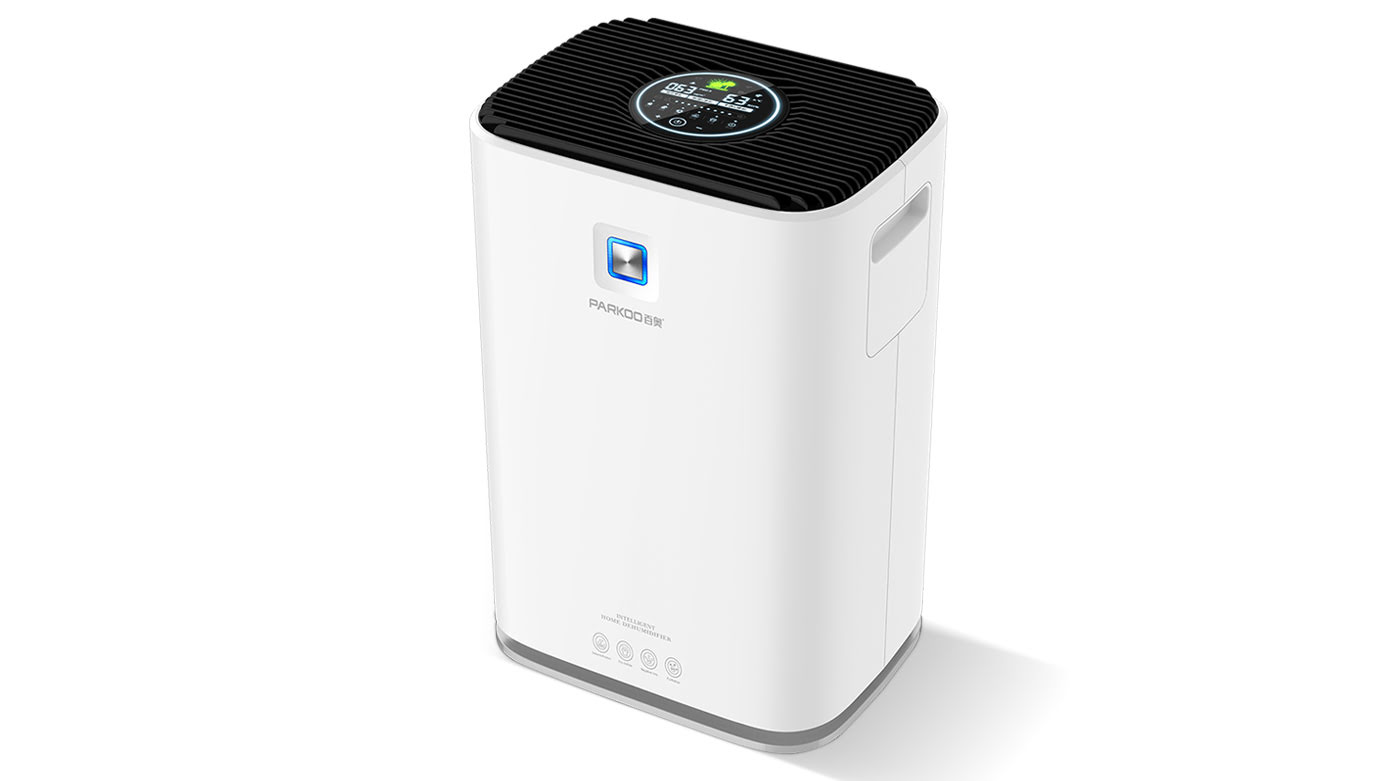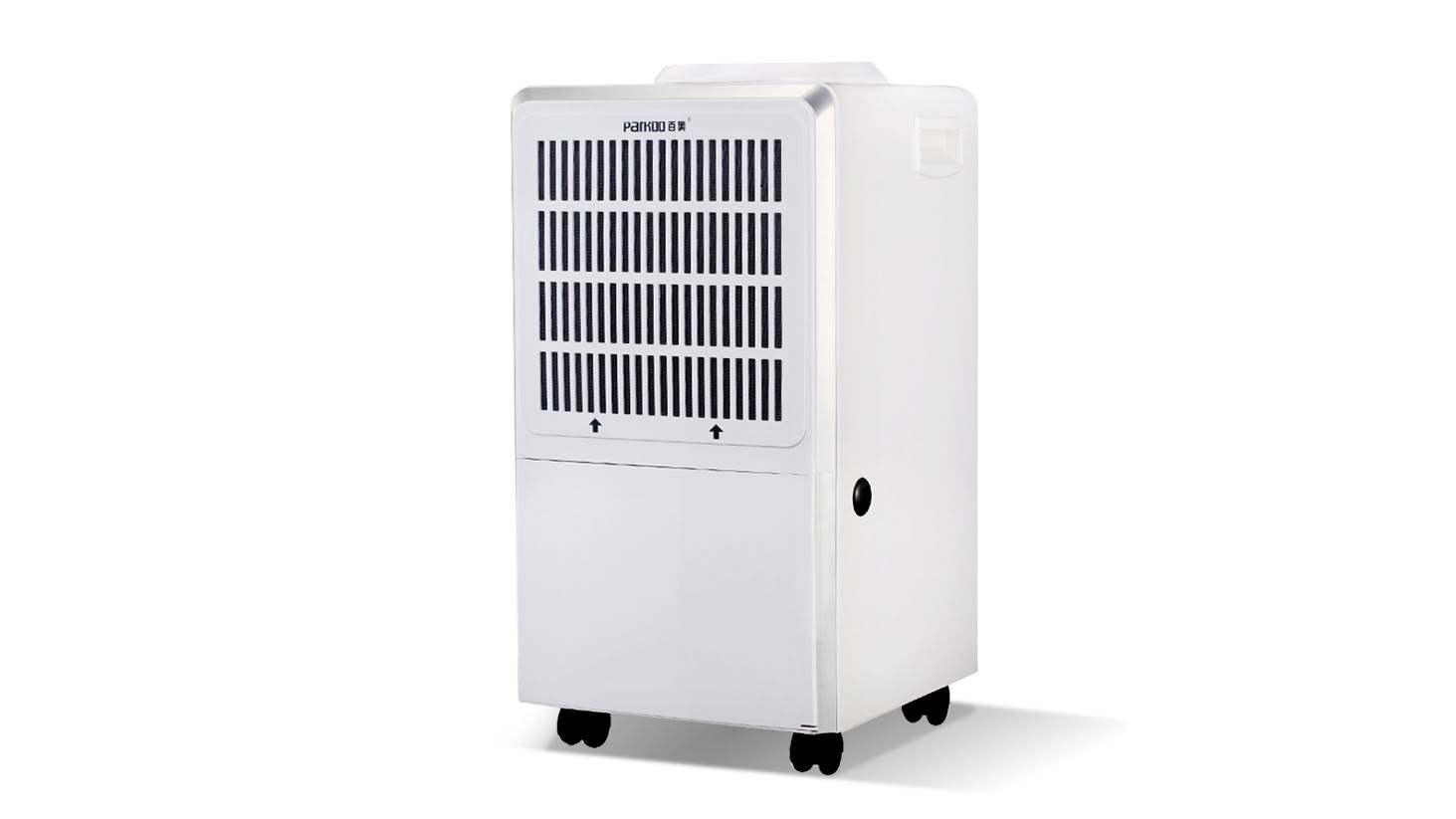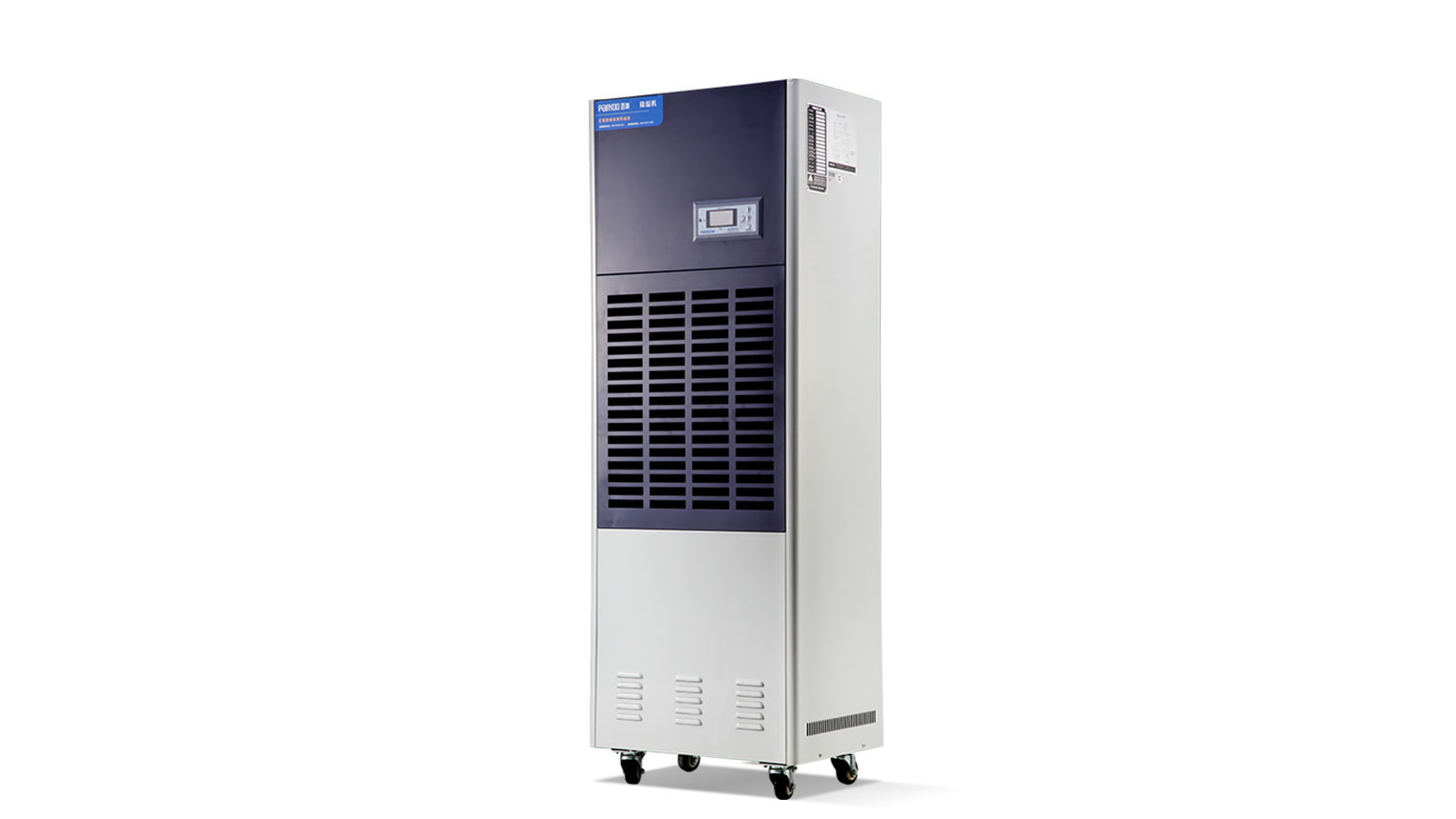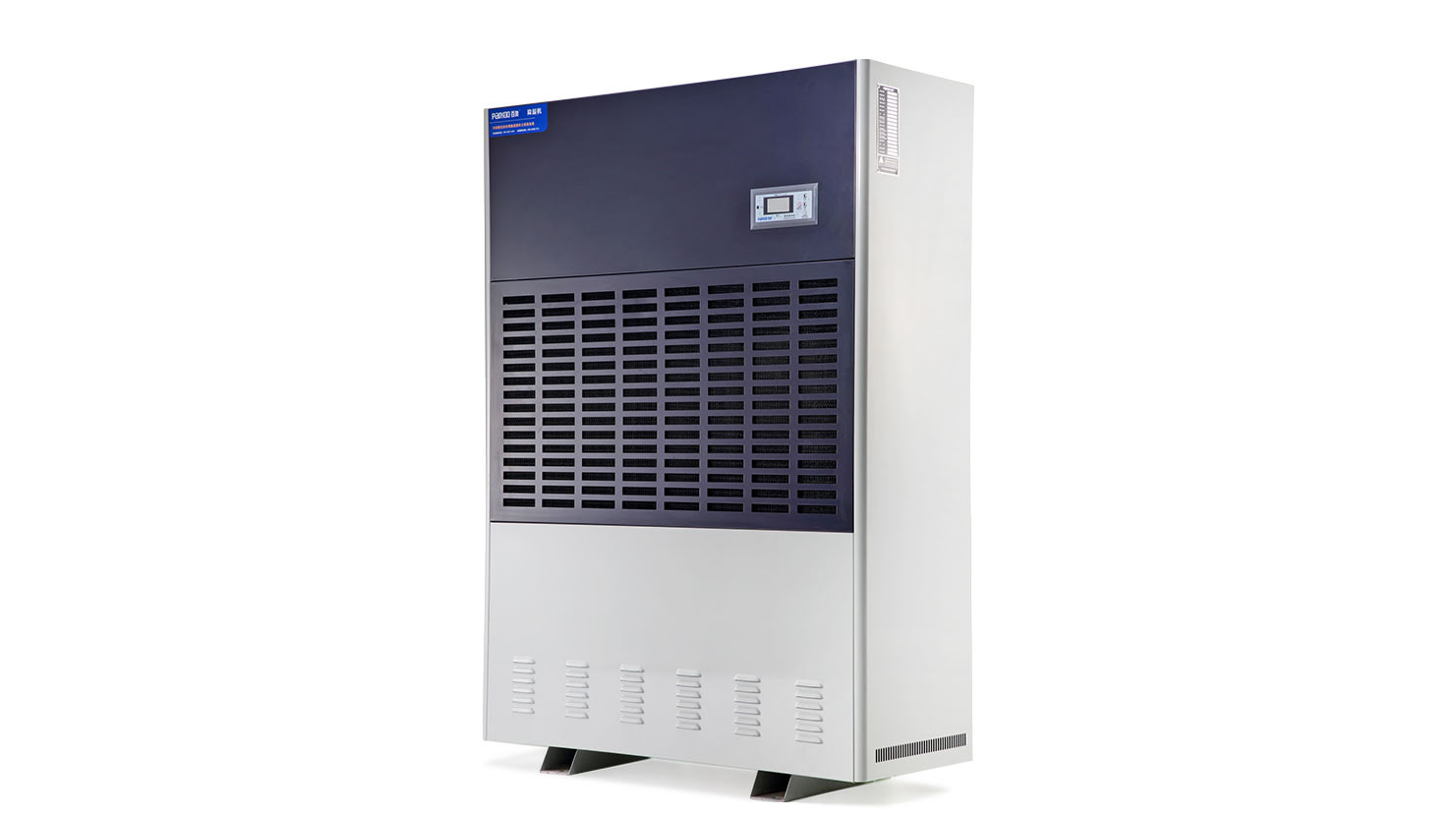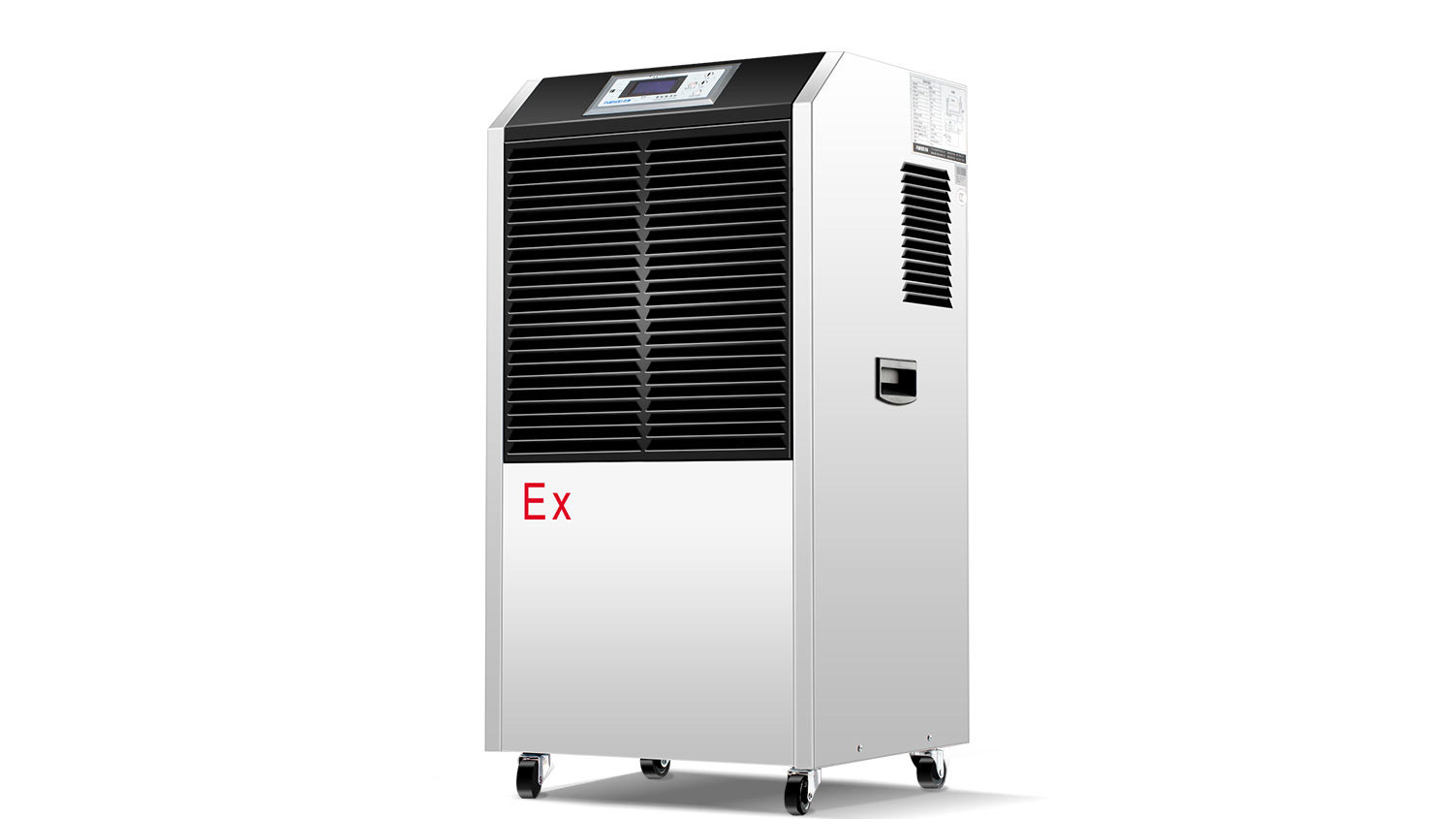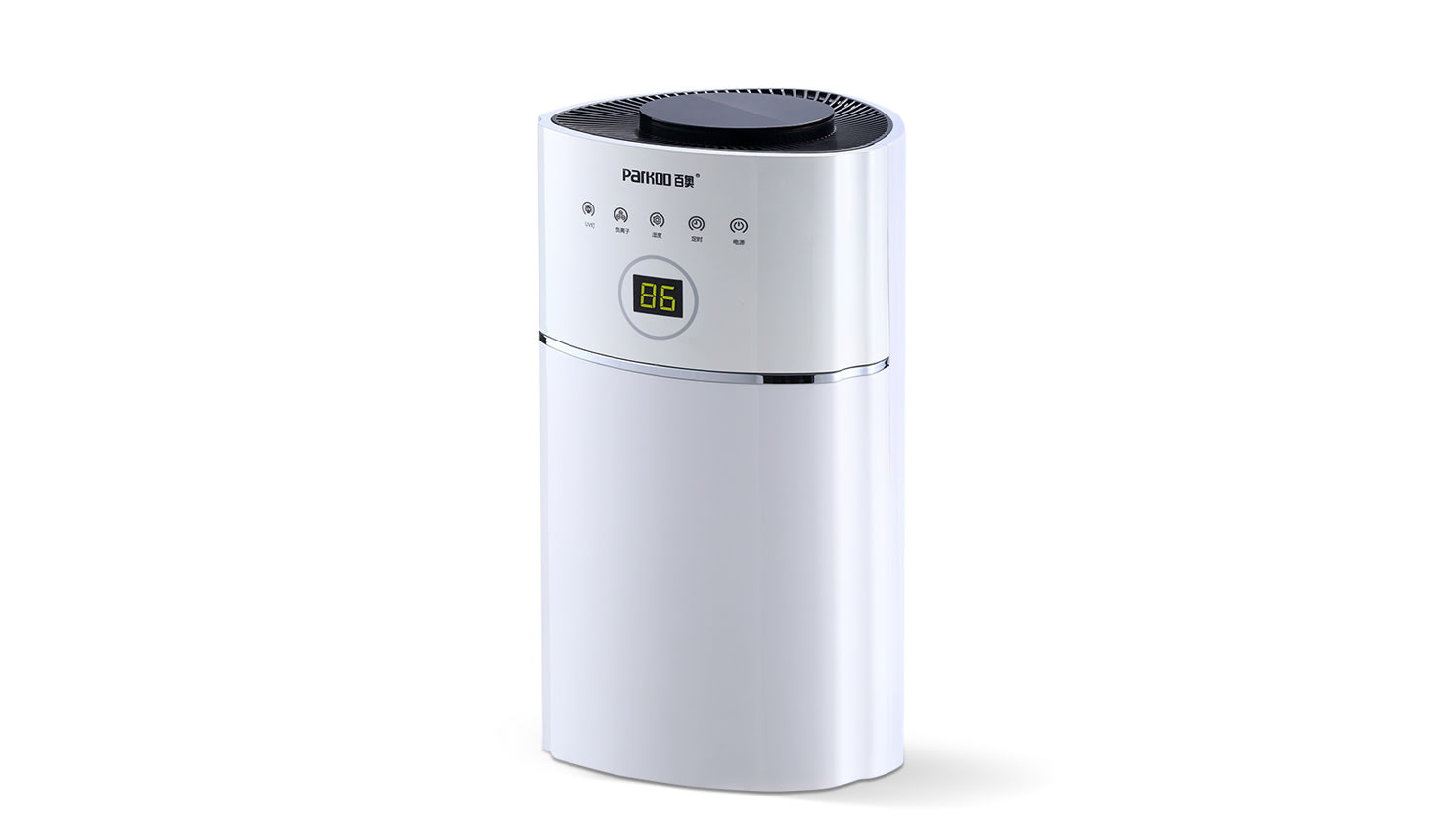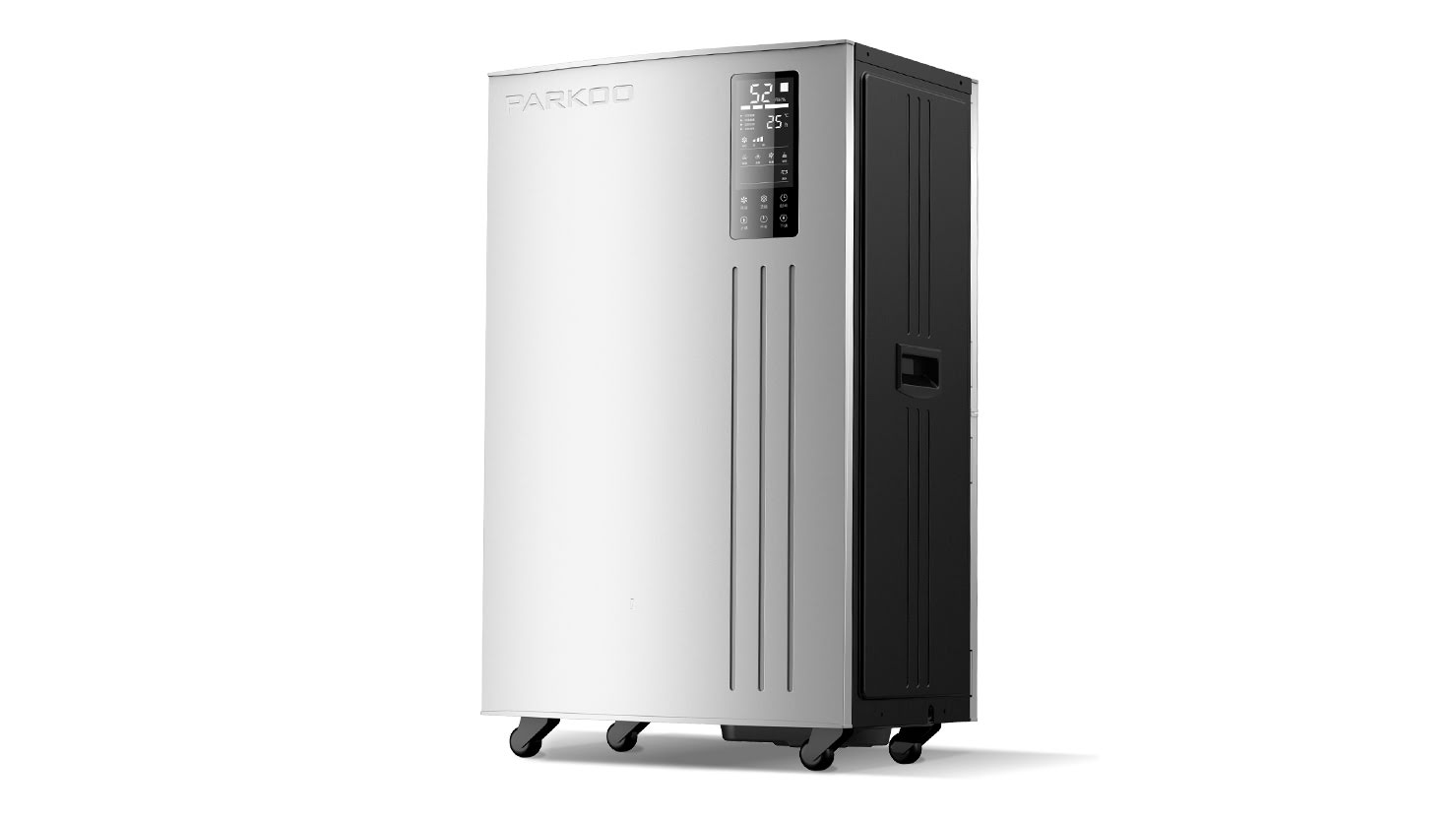printing is Carried out on the surface of objects, and electroStatic phenomena are also mainly displayed on the surface of objects. The relationship between the two is naturally very close. The influence of static Electricity on printing is twofold, which is Harmful to the normal process of printing and can also be used.
The printing process involves frequent impact, friction and contact separation processes, resulting in nearly all objects involved in the printing process being charged with static electricity.
1、 hazards of static Electricity
1. It affects the printing Quality of Products.
first of all, the substrate surface is charged, such as Paper, polyethylene, polypropylene, cellophane, etc. they will absorb paper scraps or a large amount of dust, imPurities, etc. in the air, thus affecting the transfer of ink, reducing the transfer rate of ink, appearing "flowers. dots" on the printed matter, or causing the winding slip and uneven winding Due to mutual exclusion.
Secondly, the ink is charged. this situation occurs when the ink is in a low viscosity state, or the antistatic component in the ink is not enough. if it is discharged during moving, "electrostatic ink stain" may appear on the printed matter, which looks like the ink has Poor fluidity and uneven inking. This is often the case in layered thin plate printing.
but sometimes it also appears in the field white version, and it also shows another phenomenon: exclusion. Originally, white ink was the foundation, but when encountering some characters (mostly black characters), a gap was formed around these characters, that is, white ink could not print there. The main reason is that the quality of white ink is poor, and the viscosity is too Small. If the charged ink discharges at the edge of the line on the printed matter, the "ink whisker" may appear here. In addition, the ink will be fogged due to electrification, causing serious pollution to the printed matter and printing Environment.
2. Impact on production safety
When the charged substrate is serious, it may even Cause air discharge due to Ultra-high potential, resulting in electric shock or fire. Electrified ink may cause ignition of ink and solvent, or shock workers through ink. many paRTs of the high-speed printing machine will generate a large amount of static electricity due to the strong friction effect during high-speed operation. When the old drum paper wheel transfer brush with incompLete power dissipation device Operates at high speed, the voltage at some places on the machine sometimes reaches 15000 V, and the current also has about 100 uA. The impact of such strong voltage and current on the printing process is complex, and the harm is also quite serious, In particular, it directly threatens the personal safety of operators.
3. During the printing process, the paper on the paper stack is separated and transported forward under the friction between the paper feeding belt and the paper pressing wheel. There is always friction between paper and paper, and between paper and machine. Friction generates an electric charge. When the charge is gathered, the paper is charged. When the paper has the same polar charge, the paper repels each other, resulting in inaccurate overprint and uneven delivery during printing; When the paper has heterogeneous charges, resulting in blank sheets, double sheets, multiple sheets, inaccurate overprint and other problems during paper feeding; The paper surface with static electricity is also easy to absorb some paper wool and dust, which may cause problems such as printing image blooming or spots. Therefore, it is Important to eliminate the static electricity of paper during printing.
2、 elimination of static electricity
1. grounding. This is the simplest way to eliminate static electricity. Even if the Metal conductor is connected with the Earth to make it equipotential with the earth, the charge will leak through the earth, but this method has little effect on insulators. If two printing presses are adjacent to each other, although each of them has its own conductor grounded, there may still be potential difference between them due to different degree of charge leakage. In order to avoid disCharging each other, they should also be connected with conductors.
2. Ion neutralization method. This is to ionize the air to produce positive and negative ions to neutralize the static electricity on the paper. It can be eliminated by static eliminator. generally, the static eliminator used on the printing press includes inductive static eliminator, high-frequency high-voltage static eliminator, power frequency high-voltage static eliminator, etc. It should be placed near the drum when Installing.
3. Control the relative huMidity. This is a simple and effective way. The surface resistance decreases with the increase of air relative humidity. Therefore, increasing the relative humidity of the air can Improve the conductivity of the paper surface and accelerate the leakage of charges. In the printing workshop, the temperature is about 20 degrees and the relative humidity is about 65%. Therefore, sprinkle some water around the printing environment and use air humidifier if possible, which can effectively eliminate static electricity.
4. Adjust the ink viscosity. Increasing the viscosity of the ink can also effectively reduce (eliminate) the static electricity in the ink and improve the printing quality.
5. Add antistatic agent or isopropanol to the ink. It is better to use an antistatic agent, because the addition of isopropyl alcohol will cause "anti residue" of the ink. Many books show that the amount of isopropyl alcohol added is not more than 2%, but According to practice, it must be far more than this amount to have an effect.
6. When the water content of the paper is low, the paper is easy to carry static electricity. When the static electricity of the paper is serious, it is necessary to hang the paper in the air or stack the paper in a relatively Damp environment for a period of time, but pay attention to Prevent the paper from ruffles.
3、 utilization of static electricity
The above is one aspect of electrostatic hazards. Now let's talk about how to use static electricity to improve the quality of printed matter. Compared with relief printing and lithographic printing, pHotogravure printing has a large amount of ink left in the printed image and text. A large printing pressure must be applied to transfer the ink in the ink hole to the surface of the substrate. Therefore, the load of the printing machine is greater than that of the relief printing machine and lithographic printing machine.
Although a lot of printing pressure is used, only 60% of the ink on the plate can be transferred to the substrate. In order to improve the ink transfer rate of photogravure, an electrostatic ink absorption device can be installed on the printing machine, and the ink on the printing can be sucked onto the substrate by using the electrostatic ink absorption method. In this way, the ink transfer rate can be increased by 20%, which not only Extends the service life of the machine, but also makes the fine layers of the printed matter be richly reproduced, greatly Improving the quality and grade of the printed matter.
The imprint cylinder of the printing machine is conductive. During printing, the electrostatic high-voltage generator is used to generate an electric field between the printing plate and the imprint cylinder. With the help of electrostatic attraction, the ink in the ink hole of the printing plate is absorbed onto the substrate. The device can eliminate static electricity on paper due to the existence of high voltage electric field, and overCome various faults caused by static electricity on paper.
